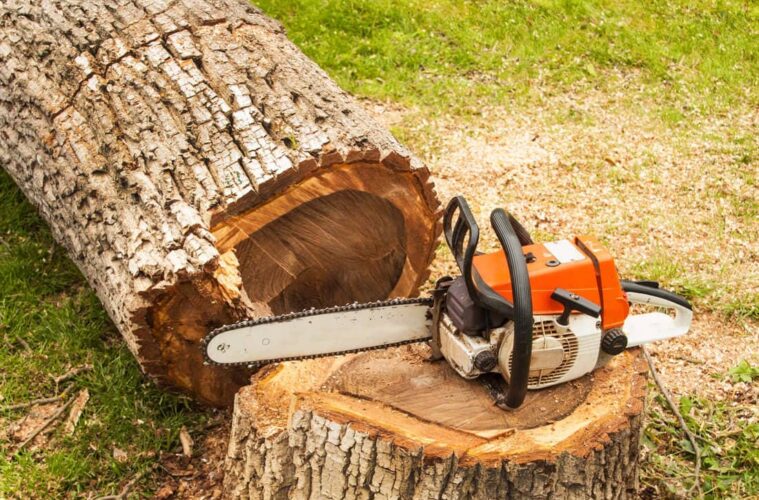A neat and attractive front garden is often the first thing that people notice when passing by your home, so an unruly tree can really dampen the look of the whole garden and make even the grandest of properties look unimpressive. Tree pruning and trimming are a group of techniques that involve making deliberate cuts in order to reduce the size of an overgrowing tree, remove dead branches, and preserve the lifespan of the tree, alongside a number of other benefits. Ideally, trees should be trimmed or pruned once or twice a year to properly maintain the tree and to see the full effect of the benefits.
What is the difference between the techniques?
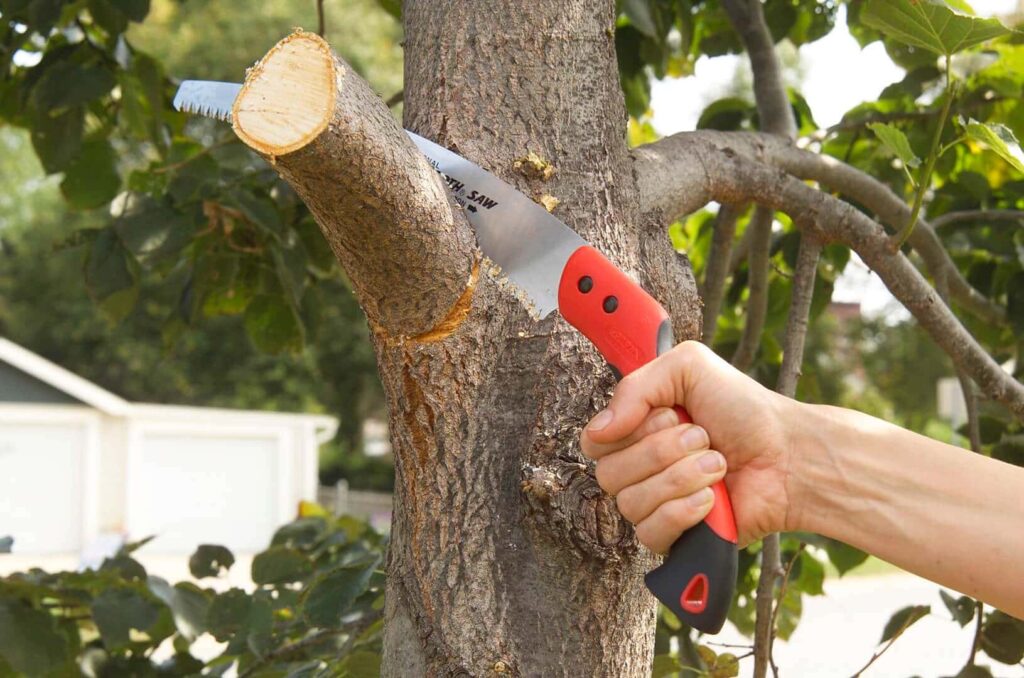
source: meredithcorp.io
The difference between pruning and trimming often confuses people because they both have almost identical outcomes and use similar techniques, though they do have slight differences. Tree trimming focuses on the appearance of the tree. Trees that haven’t been maintained can become unattractive over a long period of time, resulting in the need to trim branches and remove dead wood from the tree.
On the other hand, tree pruning can help to improve aesthetics but also focuses on the trees health and preservation. By making careful cuts that protect against pests, the tree is encouraged to grow healthily. Tree pruning often involves using hand or lopping shears to remove branches delicately, whereas tree trimming can be undertaken with an electric trimmer or shears to remove large amounts of a tree.
Pros and cons of tree pruning
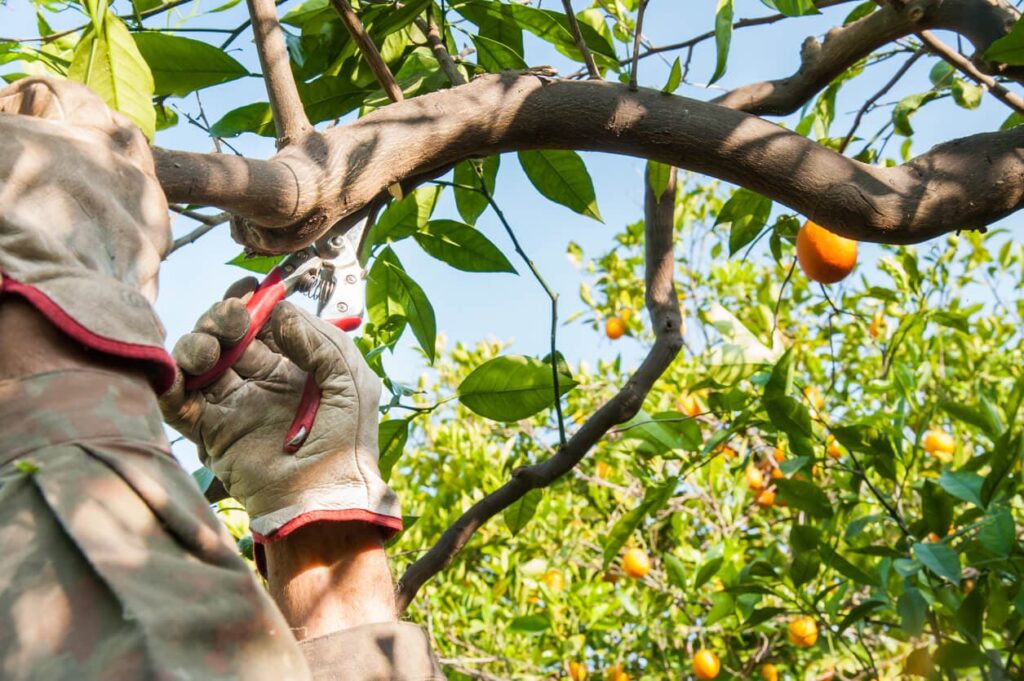
source: gardeningknowhow.com
There are some major benefits of tree pruning. These techniques are not only useful in helping the tree look more attractive, which in turn can make your garden look neater, but they also prevent trees from becoming overgrown and developing into a safety risk. Another pro of tree pruning is that this method promotes the healthy growth of trees and can reduce the risk of disease and pests.
Whilst pruning a tree does have some great benefits, if you are unsure of the proper techniques it is always best to get a professional tree trimmer to undertake the work for you. Improper pruning can harm a tree, leaving the branches vulnerable to disease and reducing its lifespan – a dead tree is far more unattractive than an overgrowing one! It is so important that if you are removing diseased branches, your tools are sterilised between each tree because certain diseases, such as Fireblight, can spread easily this way between trees.
Pros and cons of tree trimming
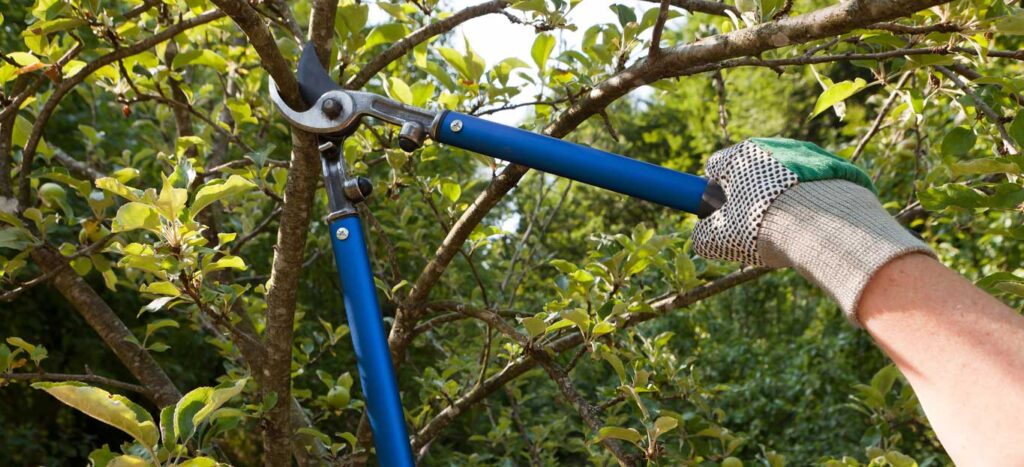
source: chopmytree.com
Tree trimming also has its positives. It is relatively easy to remove dead or excess branches yourself, which can save you lots of money over the years. This will also make the tree look better, and as a result can give the impression of more space and let extra light filter into the garden.
Like with tree pruning, it is important that you are careful with trimming because it is not always great for health of the tree. Research is key, and mindlessly cutting branches off can spread disease through your trees accidentally. Every single cut or trim should be done deliberately and with a purpose.
When should I prune a tree?
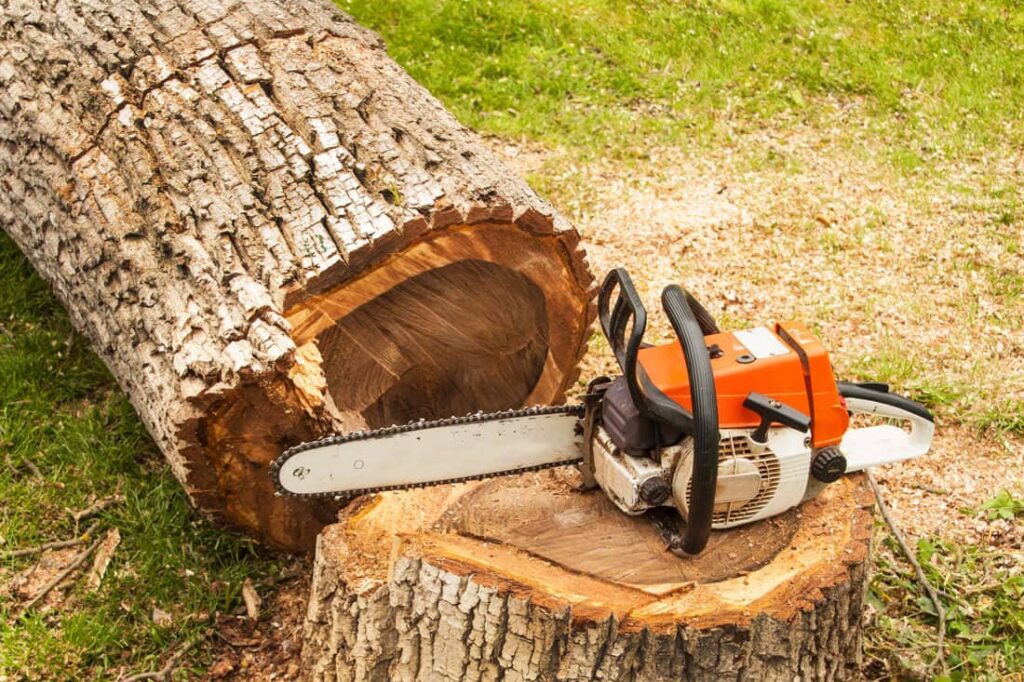
source: customtruck.com
Most routine pruning can be undertaken at any time throughout the year. If you have deciduous trees, it is best to prune them when they are dormant in late autumn or winter. It is important not to do this in the spring, as they are vulnerable and may bleed sap during this season. Small trees such as fruit trees can be managed easily by yourself without calling in an arborist to undertake the work, whilst larger trees should almost always be pruned by a professional.
Tree pruning can also be beneficial in certain situations. If you want to help a young tree grow correctly, it is a good idea to prune it by cutting the smaller branches and leaving one central-leading branch that will act as the stability for the tree. This will help it to grow strong and straight up, without becoming overgrown too quickly. For maximum effect, it is ideal to undertake this initial pruning before the tree has reached around 12 inches in height.
In Australia, some state councils may require you to apply for a permit to remove a tree if it is large or a native species. It costs $80 dollars to apply to remove or prune a tree on private land, unless the tree is dead or poses a threat to human life and property. In this situation, you should always check with your local council if you are unsure about a tree where you live.
When should I trim a tree?
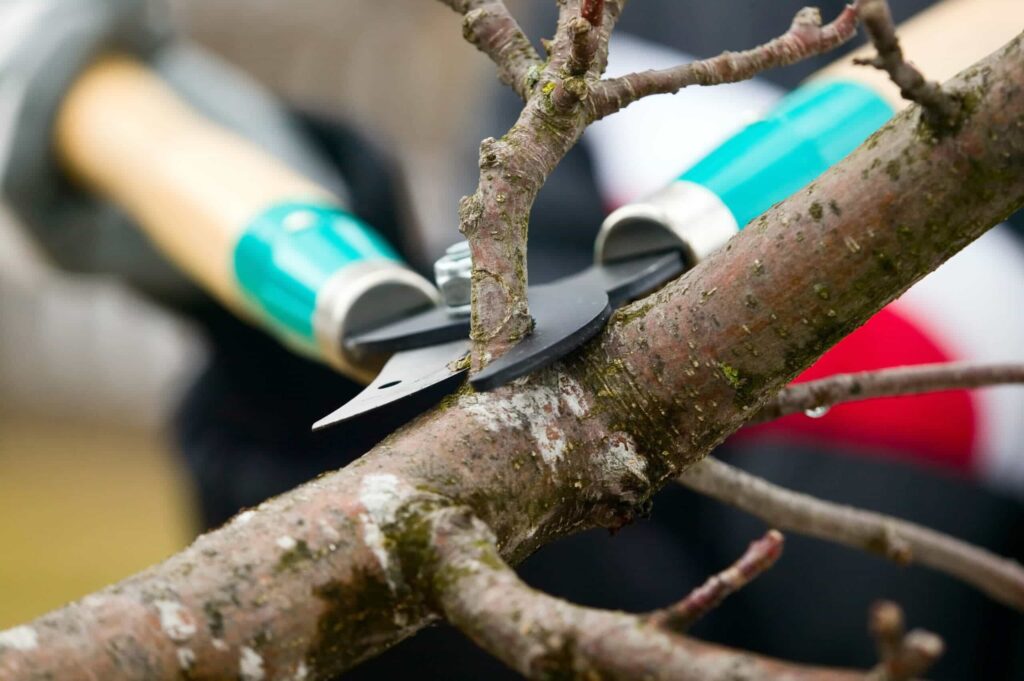
source: pcrtreeservice.com
Dead branches should be removed immediately from the tree, not just for the trees health but also for health and safety reasons – dead branches are more likely to break off and potentially damage your home. If a tree bleeds sap when the branch is removed, it is vital that you resist the temptation to bandage or bind the cut as this will often cause more harm to the tree than letting the branch heal naturally.
Like with pruning, it is best to leave deciduous trees alone in spring and summer as they are more delicate during these seasons. If you are desperate to trim the tree in autumn, it is wise to wait until the trees have dropped their leaves and have become dormant. This will make it easier to see the structure of the tree and allow you to notice any disease or pests that may be present on the branches.
You should avoid trimming spring-flowering trees in the fall, as this can lead to the delicate flowering buds being killed during the winter months. With other trees, summer is the best time to remove branches that look unattractive, though this is usually the busiest time for arborists, so it is important to think ahead and make sure you book in early for the best prices.

